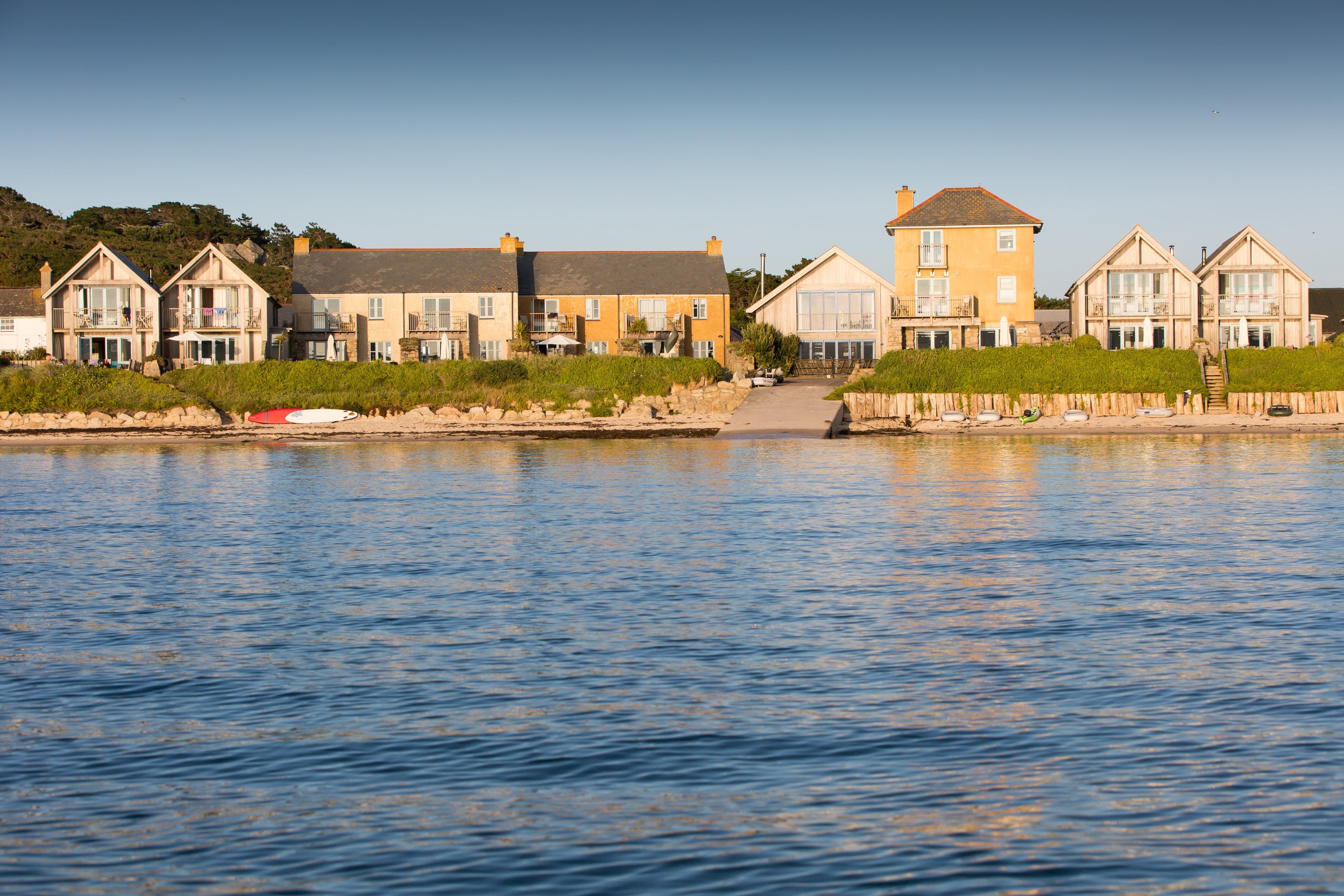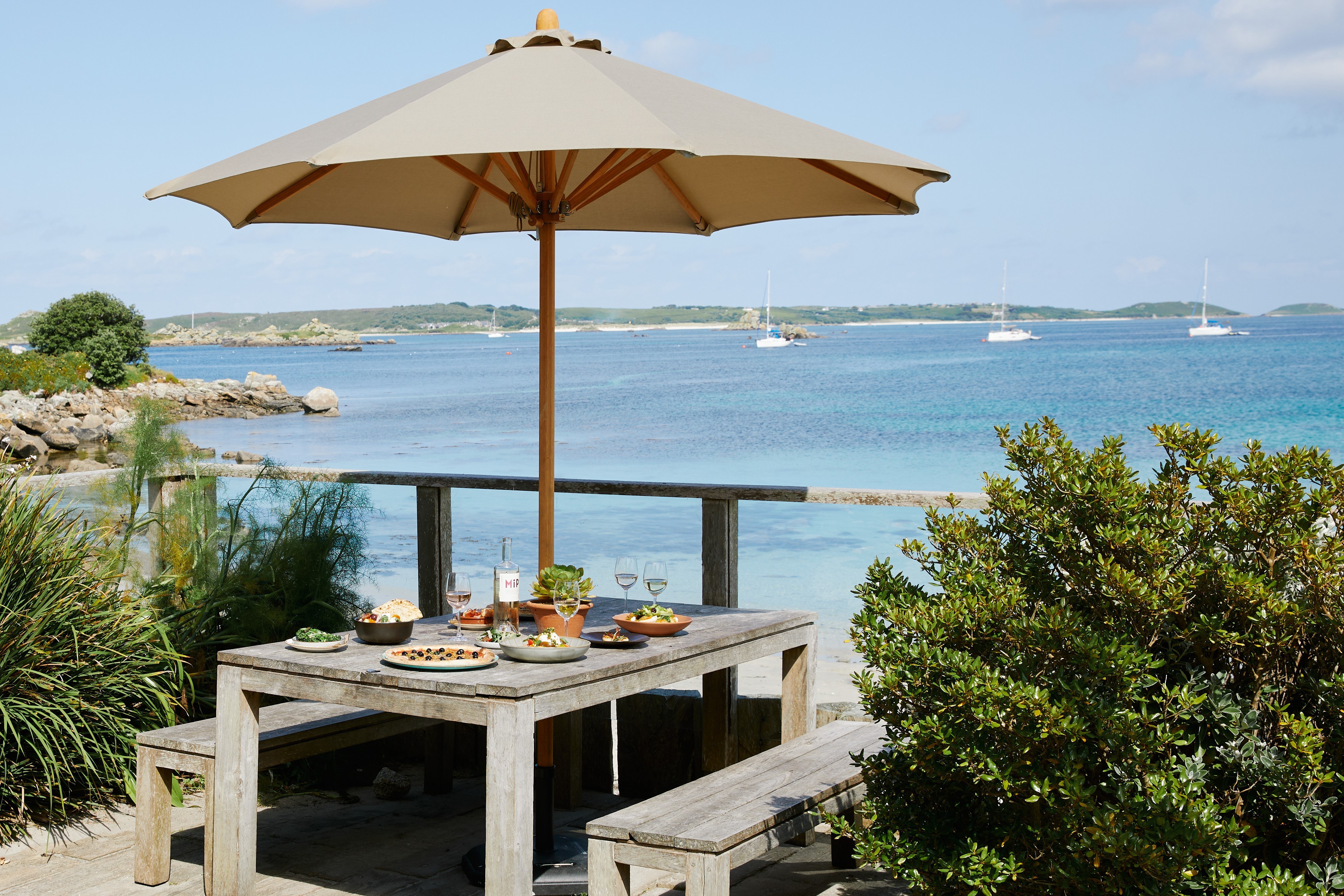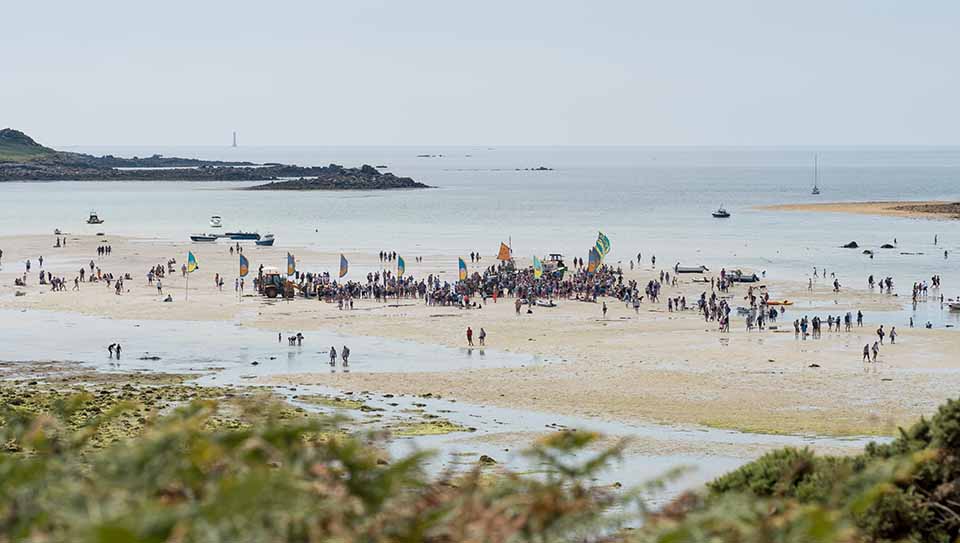Hidden historical treasures in the Abbey Garden
Local archaeologist Katharine Sawyer tells us about some unexpected gems to be found in Tresco Abbey Garden…
After a cold and wet spring the plants in the Abbey Garden are now responding to the warm sunshine of the past few weeks and the Garden looks wonderful. Unknown to many, it is also a treasure trove of archaeological features, although the majority have no identifying notice on them and so are easily overlooked.
The largest and most obvious (and with an explanatory sign) is the old Tresco Abbey, the ruins of the Benedictine priory dedicated to St Nicholas. The date of its foundation is uncertain: it is first mentioned in a grant to Tavistock Abbey in 1120 but may have been established well before then. The existence of an earlier Christian chapel in this area is suggested by the discovery of stone-lined graves, probably early mediaeval in date, in the private part of the Garden and by the 6th century AD memorial stone, which now lies on the ground in the smaller of the two arches of the priory ruins.
Not far from the priory, beside a path, is a holed stone (pictured to the right). It is a roughly squared slab pierced by two holes and was traditionally used as a betrothal stone, whereby a couple became engaged by holding hands through the holes. (Be aware that the holes are not very big if you are tempted to do this!) This may be a re-use of a Bronze Age ritual object and there are several other holed stones around the islands. The holed stone in the Abbey Garden is said to have been brought from Bryher as a garden ornament.
Another object, also taken to Tresco as an ornament, is the Roman altar (pictured below) which was found on the Garrison on St Mary’s in the 1860s. This is now at the western end of the Long Walk, close to the kitchen garden. The altar, which has had a stone slab and bowl cemented to the top of it since its discovery, has side panels with carvings depicting a cleaver and a long-handled axe. The absence of a dedication on the front panel suggests that it is unfinished so it may be from a Roman shipwreck or discarded ballast from a Roman ship.
There is an opportunity to visit the Abbey Garden and see not only its horticultural beauties but also its ancient treasures on archaeological holidays, led by Katharine, based at the Hell Bay. These take in a range of sites from prehistoric burial chambers and standing stones on St Mary’s and Gugh to the abandoned post-mediaeval cottages on Samson. The walking is gentle and a taxi is used to see some of the sites on St Mary’s. There are 4 night holidays in October 2013 and in April and October 2014. For further details click here.








